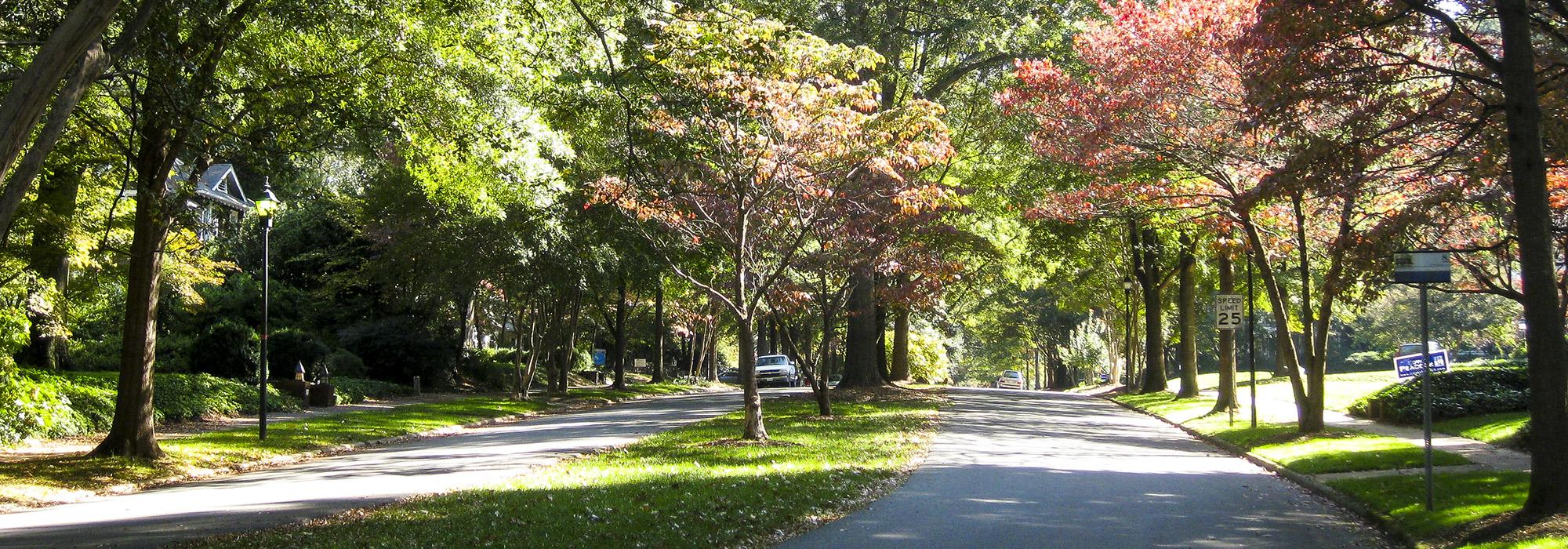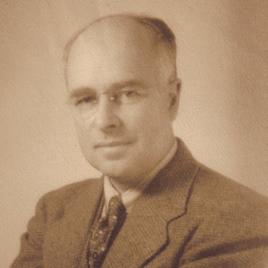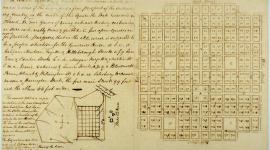Pioneer Information
Born in Falmouth, Massachusetts, to a New England textile family, Draper received a B.S. in landscape architecture in 1915 from Massachusetts State College at Amherst. After school, he was hired by John Nolen of Cambridge, Massachusetts, who sent him to Charlotte, North Carolina, to work on the Myers Park subdivision. In 1917 Draper established his own firm in Charlotte, specializing in upper-class residential neighborhoods and mill villages, designing hundreds across the south during his extensive career. Many North Carolina cities feature neighborhoods planned and designed by Draper, including Hayes-Barton in Raleigh; Forest Hills in Durham; Eastover in Charlotte; and Emorywood in High Point. From 1922 to 1927 Draper practiced in Atlanta, Georgia. A notable project during this period was his development of the new town of Chicopee, Georgia, designed in the Garden City style with curvilinear, tree-lined streets, and a dense residential area with ample green space.
Draper moved to Washington, D.C., to serve as the director of land planning and housing for the Tennessee Valley Authority (TVA) in 1933, later advancing to director of regional planning studies. He was broadly in charge of regional planning and development for more than 40,000 square miles in the Tennessee River basin, including the design for the industrial town of Norris, which served as a model for subsequent planned communities. In 1940 he became assistant administrator of the Federal Housing Administration and was later appointed as its acting commissioner. In 1945 he began working as a planning and housing consultant until his retirement in 1965 to Vero Beach, Florida. Draper was named a Fellow of the American Society of Landscape Architects in 1927. He died at the age of 100 on July 1, 1994, in his home in Vero Beach.








